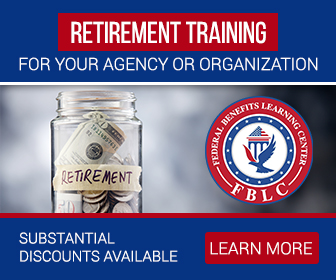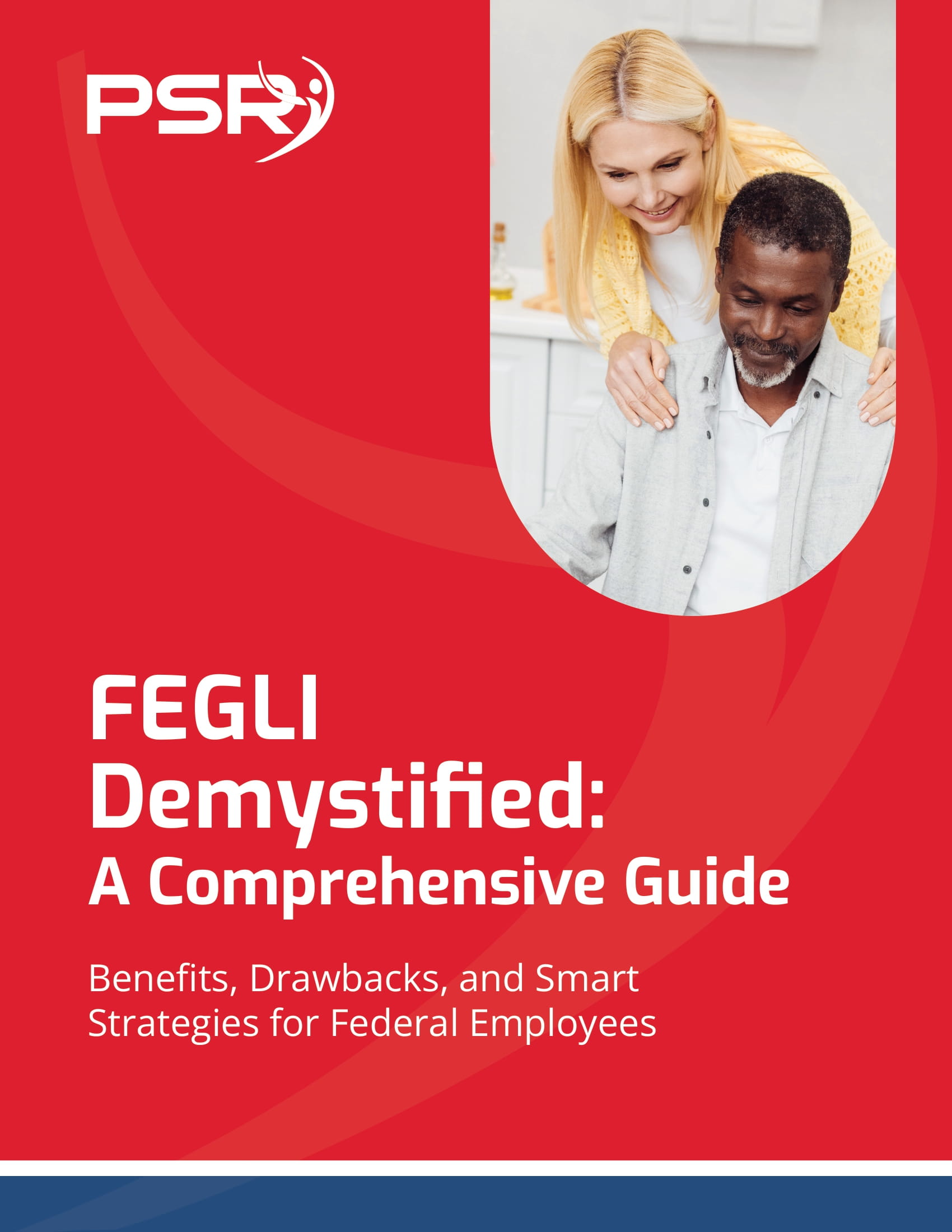Key Takeaways
- Major updates to healthcare plans, retirement contributions, and life insurance options will affect federal employees in 2024, especially those nearing retirement.
- Staying informed about changes to benefits and retirement policies can help you avoid costly mistakes and maximize your financial security.
Federal Employee News You Can’t Afford to Miss This Year—Especially If You’re Eyeing Retirement
- Also Read: Federal Retirement Advice You Didn’t Know You Needed—Until Now
- Also Read: The Latest Federal Employee News You Need to Know to Protect Your Retirement
- Also Read: Ready for Retirement? Here’s How Law Enforcement Officers Can Leave the Job with Benefits Intact
Rising Healthcare Premiums and New Options in 2024
Healthcare remains one of the most critical areas for federal employees, and in 2024, changes to the Federal Employees Health Benefits (FEHB) program are likely to affect your budget. Premiums for FEHB plans will increase by 13.5% on average, which may prompt you to reassess your current healthcare coverage. During Open Season, you’ll have the opportunity to explore new plans or make adjustments to your existing one.
It’s essential to evaluate how these rising costs could impact your overall financial strategy, especially if you’re nearing retirement. While healthcare costs are rising, this year’s Open Season also offers enhanced benefits for things like fertility treatments, mental health services, and telehealth. For those coordinating FEHB with Medicare, understanding the nuances of how these programs interact will be crucial for minimizing out-of-pocket costs in retirement.
Thrift Savings Plan (TSP) Updates for 2024
The Thrift Savings Plan (TSP) remains one of the most important tools for federal employees preparing for retirement. In 2024, the contribution limit for TSP has been raised to $23,000 for those under 50, and employees aged 50 or older can contribute an additional $7,500 in catch-up contributions, bringing their total annual contribution limit to $30,500.
One of the most significant changes under the SECURE 2.0 Act is that starting in 2024, Roth TSP balances will no longer be subject to Required Minimum Distributions (RMDs) during the account holder’s lifetime. This new rule provides more flexibility for those looking to maximize tax-free growth in their Roth accounts. Additionally, employees over the age of 60 will benefit from increased catch-up contribution limits starting in 2025, but it’s essential to start planning for these changes now.
Maximizing your TSP contributions, particularly if you’re close to retirement, is one of the best ways to ensure financial security. Regularly review your investment options within TSP to balance growth and risk, especially as market conditions fluctuate.
Social Security—Know When to Claim
Social Security is a cornerstone of retirement planning, but knowing when to claim it can make a significant difference in your overall income. In 2024, the decision to start collecting Social Security at age 62 will still result in a permanent reduction in benefits of up to 30%, while delaying benefits until age 70 can increase your monthly payment by around 8% per year after full retirement age.
Balancing your Social Security benefits with your federal pension and TSP withdrawals will be key to creating a stable retirement income. For federal employees under FERS, Social Security plays an integral role, so it’s important to understand how early or delayed retirement will affect your financial picture. Timing your benefits correctly can have a major impact on the long-term sustainability of your retirement plan.
Life Insurance Considerations—FEGLI Adjustments
As you approach retirement, reviewing your life insurance coverage under the Federal Employees’ Group Life Insurance (FEGLI) program is crucial. FEGLI is a valuable benefit, but premiums, especially for Option B, increase with age. If you’re nearing retirement, it’s worth reevaluating whether continuing your current coverage level makes financial sense or whether you should explore other options.
In 2024, FEGLI will continue to offer competitive coverage, but for many employees, it may become too expensive to maintain. Understanding your life insurance needs in retirement—such as whether you still need large coverage amounts to protect dependents or pay off debts—will help you decide if it’s time to reduce your coverage or transition to other insurance options.
Survivor Benefits—Protecting Your Loved Ones
Securing your family’s financial future is a key consideration as you plan for retirement. Both FERS and CSRS offer survivor benefits that can provide ongoing income to your spouse after your death, but the specifics vary between the two systems. Under FERS, your spouse can receive 50% of your unreduced annuity if you elect the full survivor benefit option at retirement. It’s important to make these decisions carefully, as they are irrevocable once you retire.
Keeping your beneficiary designations up to date is also critical. Changes in your personal life, such as marriage, divorce, or the birth of a child, require that you revisit your beneficiary choices for both life insurance and TSP accounts. Ensuring your designations reflect your current wishes will help prevent legal complications and ensure that your loved ones are taken care of after you’re gone.
FEHB and Medicare Coordination—Plan Smart for Retirement
Federal retirees often have the option to keep their FEHB coverage in retirement, but understanding how to coordinate FEHB with Medicare is key to minimizing your healthcare costs. Medicare Part A is generally free for most retirees, and many choose to sign up for Medicare Part B to reduce out-of-pocket costs. However, deciding whether to keep FEHB or rely primarily on Medicare can be a complex decision.
In 2024, more FEHB plans are offering incentives to retirees who enroll in Medicare Part B, such as reduced premiums, lower copays, and expanded coverage options. By carefully comparing your FEHB options and understanding how Medicare fits into your healthcare strategy, you can reduce your expenses and ensure you have the coverage you need as you age.
Flexible Spending Accounts (FSA) Updates—Maximizing Your Pre-Tax Benefits
Flexible Spending Accounts (FSAs) are a great way to save on taxes while covering eligible healthcare and dependent care expenses. In 2024, the maximum contribution limit for healthcare FSAs remains at $3,050, while dependent care FSAs allow contributions up to $5,000. These accounts reduce your taxable income, providing significant savings if you anticipate high healthcare or childcare expenses.
However, FSAs come with a “use it or lose it” rule, so it’s important to plan your contributions carefully to avoid forfeiting unused funds. Some plans may allow a small rollover amount or offer a grace period, so check the specifics of your FSA to maximize your benefit. FSAs can be a valuable tool for employees looking to manage their out-of-pocket healthcare expenses more efficiently.
Postal Employees—Prepare for the PSHB Program in 2025
Although the full transition won’t happen until 2025, postal employees should be aware of the upcoming changes as the Postal Service Health Benefits (PSHB) program will replace FEHB for USPS employees and retirees. This new program is designed specifically for postal workers and is expected to offer tailored coverage options. Postal employees should take the opportunity in 2024 to review the details and plan ahead to ensure they are adequately covered when the transition occurs.
During the 2024 Open Season, postal employees will have their final opportunity to make adjustments to their FEHB plans before transitioning to PSHB. Being proactive and understanding how this shift will affect your healthcare options and costs will help prevent any surprises.
Preparing for Retirement—Rising Costs and Long-Term Planning
With rising healthcare premiums, changes to TSP contributions, and adjustments to life insurance premiums, 2024 brings a host of financial considerations for federal employees nearing retirement. Proactive planning is essential to ensure that you can maintain your standard of living in retirement while managing increased costs.
Working with a financial advisor who understands the complexities of federal benefits can help you navigate these changes effectively. Regularly reviewing your benefits, keeping up with policy updates, and adjusting your retirement savings strategy are all critical steps to ensuring a secure and comfortable retirement.
Stay Informed and Ready for the Future
Staying on top of federal employee news and understanding how changes in benefits affect your financial future is more important than ever in 2024. With rising healthcare costs, updates to retirement savings plans, and changes to life insurance premiums, this year presents both challenges and opportunities for federal employees, especially those eyeing retirement. By making informed decisions now, you can protect your financial future and make the most of your retirement benefits.












